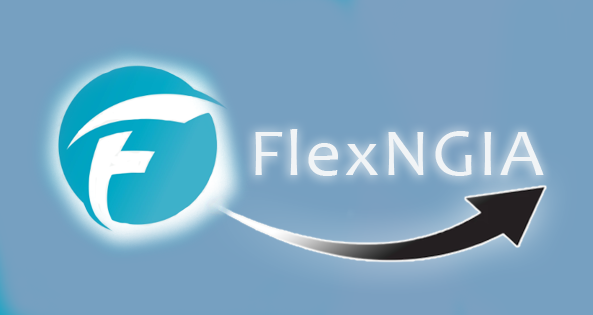
1st IFIP/IEEE International workshop on
Fully-Flexible Internet Architectures and Protocols
for the Next-Generation Tactile Internet (FlexNGIA 2021)
Organizing Committee
General Co-Chairs
Marie-Jose Montpetit, Concordia University, Canada
Latif Ladid, IPv6 Forum/University of Luxembourg, Luxembourg
Rui L. Aguiar, University of Aveiro, Portugal
TPC Co-Chairs
Nadjib AitSaadi, Paris-Saclay University, France
Noura Limam, University of Waterloo, Canada
Lisandro Zambenedetti Granville, UFRGS, Brazil
Technical Program Committee
Please check the FlexNGIA Team Page
Call For Papers
The rise of edge, cloud and in-network computing and the proliferation of Artificial Intelligence (AI) are promoting the development of innovative applications like virtual/augmented reality, telepresence, autonomous systems, remotely controlled robotics and tactile applications, promising to revolutionize health-care, transportation, industry, agriculture, society and culture. However, to deploy such applications and to comply with their requirements, there is a need for a Tactile Internet that, according to the International Telecommunication Union (ITU), combines ultra low latency with extremely high availability, reliability and security.
Unfortunately, the current Internet architecture and protocols fall short when it comes to providing such requirements due to several fundamental design and implementation limitations. As a result, there is a compelling need to rethink the Internet architecture and protocols to overcome those limitations by efficiently harnessing recent technological advances in terms of virtualization, network softwarization, NFV/SDN, data plane programmability and even when they break the tenets of the current Internet. Such an architecture is embodied in the FlexNGIA Architecture (https://www.flexngia.net) that has the potential to enable novel network services and management schemes adapted to the requirements of future applications.
Topics of Interest
The topics addressed in this workshop include, but are not limited to:
Analysis of the characteristics and requirements of future network applications.
Gap analysis highlighting the limitations of the traditional Internet architecture and protocols and their inability to cater to future applications’ requirements.
Design and evaluation of new architectural paradigms and communication protocols as well as network management schemes based on AI/ML and distributed decision making .
Use-cases and specific applications and potential mechanisms, protocols and schemes to ensure the performance and reliability required by future applications including the move to Industry 5.0 and 6G networks.
Solutions to further develop the FlexNGIA towards a full-fledged architecture by addressing key research challenges including service function chaining, functional decomposition, alternative Network/Transport protocols, resource management, signaling, design of high-performance virtual network functions and services, high-precision monitoring, measurements and in-network telemetry, pricing and economics, Security and privacy (please check FlexNGIA Research Challenges)
Paper Submission
Authors are invited to submit original contributions. Submitted manuscripts should use IEEE 2-column conference style and are limited to 6 pages (including references).
Submission link will provided soon
Important Dates
Paper submission deadline: January 8, 2021
Acceptance notification: February 18, 2021
Camera-ready submission: March 5, 2021







